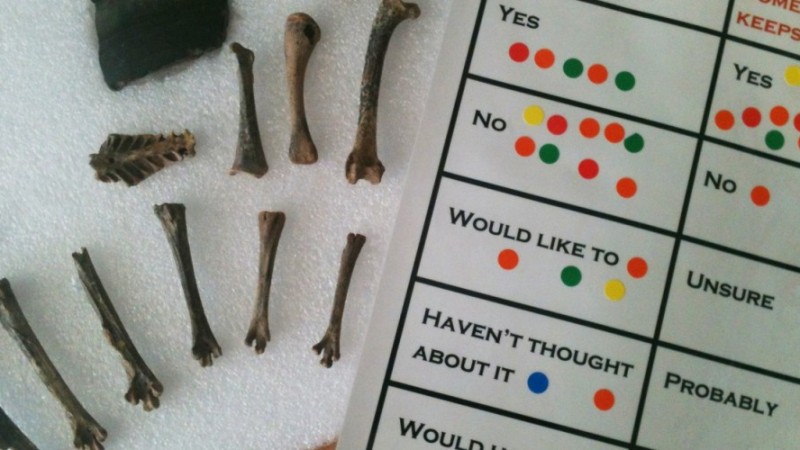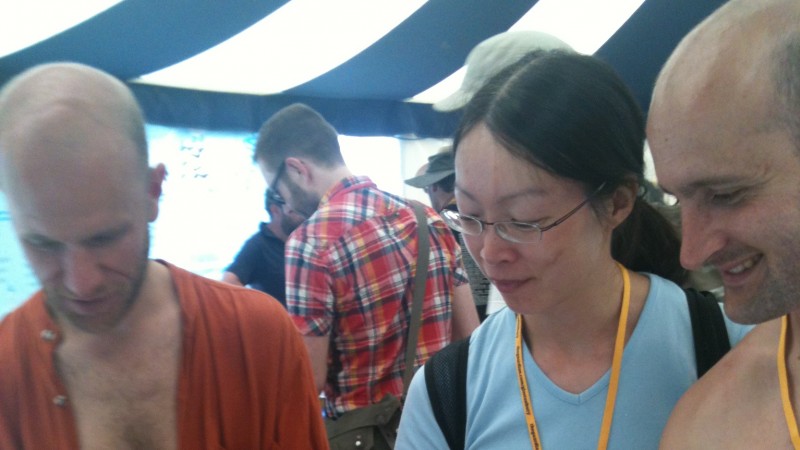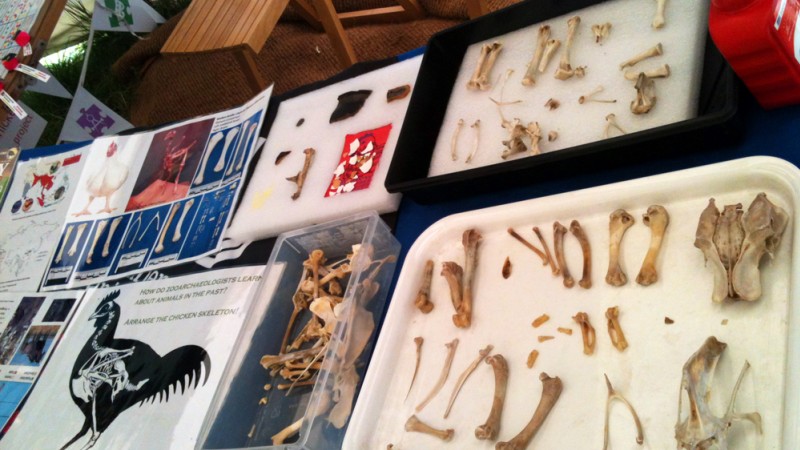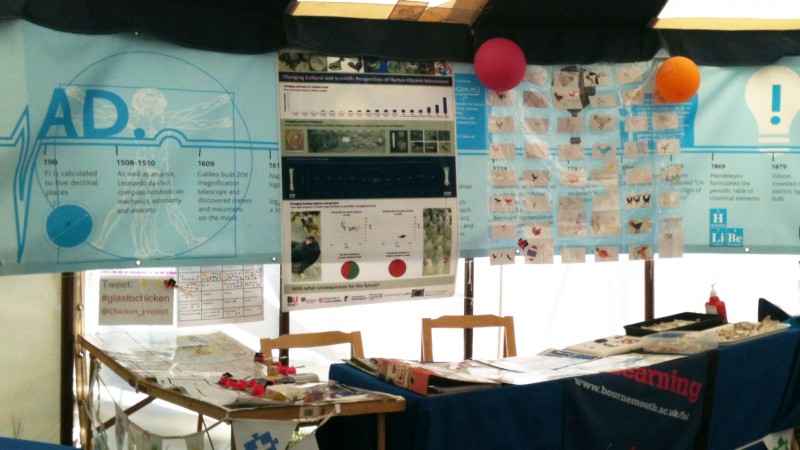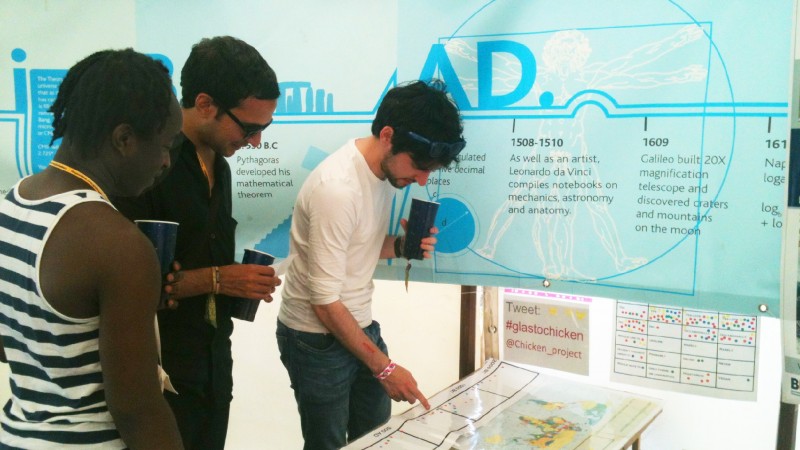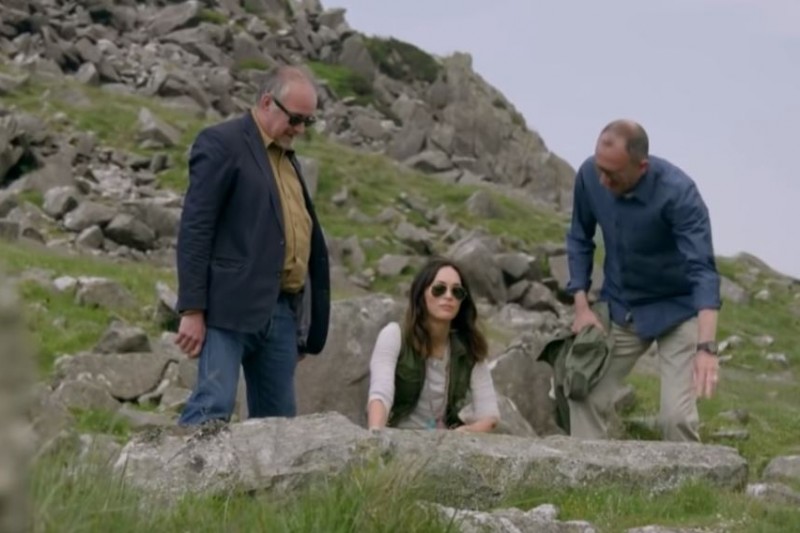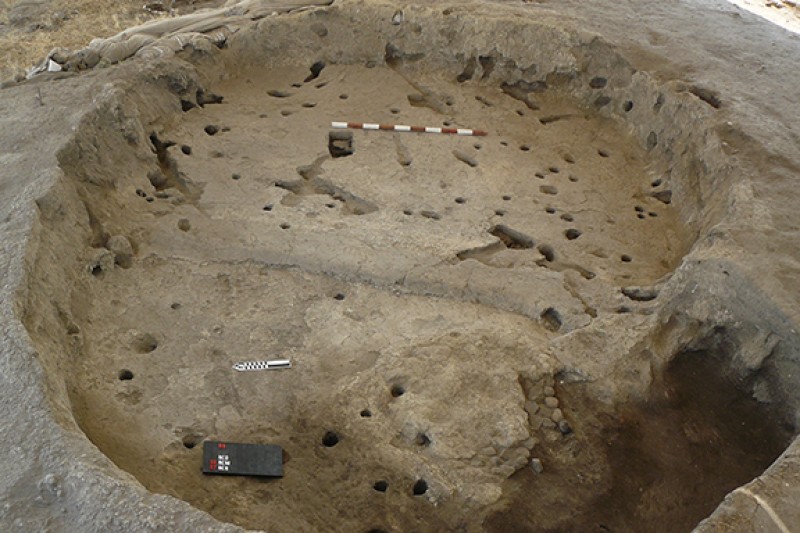In 2013, the Arts and Humanities Research Council awarded a £1.94 million grant to a cross-disciplinary research team comprising academics from six UK universities. Led by BU’s Professor Mark Maltby as Principal Investigator, the impact of the ensuing project, ‘Cultural and Scientific Perceptions of Human-Chicken Interactions’, is visible on a global scale, with findings which have implications for industry and consumers alike.
The achievements the team has recorded across this project and its follow-on work are as multifarious as they are significant. These range from developing resources to support teaching from Key Stages 1–4, to challenging previous interpretations about the under-researched history of the geographical spread of the species. It even became the first research project to boast a ‘comedian in residence’ as part of innovative public engagement activities.
By uniting scholars from different disciplines, members of the public, interest groups and schoolchildren through the study of the chicken, this project provided a chance to unearth vital information about the past, present and future of human society.
Providing long overdue answers
Six universities – a range of research
Cross-curricular craft
In addition to the members of the team based at contributing universities, the project boasted its own artist in residence, Ben Frimet, an art teacher at City of London Academy (CoLA). Working with Ben and other CoLA staff, the team developed an entire year of activities for Key Stage 3 students. These ranged from ancient DNA workshops to artistic depictions of the meat industry.
The aim of this part of the project was to show how mutually beneficial it can be when university researchers engage with schools, working with teachers to generate a creative and up-to-date educational programme.
In much the same way that the project was interdisciplinary – weaving together evidence from archaeology, anthropology, art, history and science – the team wanted to explore whether a school could take a similar interdisciplinary approach and teach across the curriculum using a single theme: in this case, the chicken.
Richard Bannister
Principal at City of London Academy
In my 25 years in education this has probably been our most successful cross-curricular project; it’s inspired our students and enabled them to do quite amazing things.
From analysing the bones of chickens from the school canteen as part of this work, students discovered a worrying lack of genetic diversity among ‘broiler’ chickens that have been selectively commercially bred over the past 50 years. This breeding – which prepares broilers for slaughter within 35 days of hatching – means the birds’ young bones have become warped by rapid growth and body weight.
This ultimately culminated in the creation of ‘Dinnersaurus Rex’ as students wondered if chickens might ever be bred so large that they’d come to resemble the dinosaurs from which they descend. Crafted by students led by Mr Frimet, the impressive 30-foot papier-mâché Dinnersaurus chicken was the centrepiece of CoLA’s ‘ChickenFest’ event and subsequently went on display at the Natural History Museum in Oxford.
At the conclusion of this pilot year of educational activity, a cohort of students had obtained the highest marks recorded at the school. Mr Frimet was even acknowledged on national television, being presented the ‘Golden Apple Thank You Teacher Award’ on ITV’s Good Morning Britain.
Watch footage from the ‘ChickenFest’ event at the City of London Academy
Engaging the public with poultry
Public engagement was among the other core goals of the project, and efforts in this area have seen the research team share insights and experiences with people at a wide variety of events across the UK.
This includes different incarnations of the AHRC Being Human Festival, the UK’s first national festival of the humanities. The ‘Chicken Project’’s first appearance at the festival was held at Vindolanda Roman Fort on Hadrian’s Wall – one of Europe’s most famous Roman archaeological sites, from which substantial numbers of chicken remains have been recovered. The activities included interactive talks, handling sessions, living history, and art and craft activities.
The following year saw the team contributing to three weeks of Being Human events, including a comedy night at the appropriately named Hen and Chickens Theatre bar in Islington, with a line-up that featured ‘comedian in residence’ Steve Cross and television presenter Kate Humble.
Kate Humble performs at the ‘Why did the chicken…’ stand-up event
Elsewhere, the team created an interactive exhibition aimed at children and families, which ran at the Education Resources Centre at Fishbourne Palace Museum in the winter of 2017 and throughout most of 2018 and was viewed by several hundred visitors. It also exhibited at Glastonbury Festival, as well as BU’s own Festival of Learning, which attracted around 300 visitors to the project’s displays and activities in 2016.
Follow-on: Causing a Flap
The research conducted in ‘Cultural and Scientific Perceptions of Human-Chicken Interactions’ and a related AHRC-funded programme – ‘Empowering women and increasing chicken production in Ethiopia’, led by the University of Nottingham – demonstrated that human and chicken health and well-being are inextricably linked in areas such as diet, zoonotic disease and environmental sustainability.
The results have implications for industry and consumers alike, and were succeeded by the AHRC-funded follow-on project, ‘Causing a Flap: using chicken-based research to transform education, poultry production and human well-being’. Working alongside colleagues from the University of Exeter, this brought these findings to workshops and exhibitions to develop arts and humanities research-informed policy on chicken sustainability, working with various outside bodies.
Specifically, ‘Causing a Flap’ looked to:
- Increase understanding of the link between human and chicken diet, health and environmental sustainability
- Enhance cross-curriculum educational practice through a common medium, the chicken, in the UK and Africa
- Highlight the role of human-chicken interactions in transforming the lives of vulnerable people.
Within this work, our ‘Cross-curricular Coop’ team has created a package of online and physical resources designed to support teaching to mainstream UK Key Stages 1–4 pupils, home-school, distance learners and primary school Ethiopian students. Alongside researchers, this team comprised 21 educators from across the UK education spectrum, as well as a teacher and an Official from the Ministry of Education from Ethiopia, co-opted into our ‘Coop’ for knowledge transfer.
In order to tailor these teaching resources and ensure that they are relevant to their target audience, the team collaborated closely with UK and Ethiopian educators during the development stage via one-to-one meetings and a dedicated workshop to trial, critique and then advance these resources.
This has created a stimulating programme of learning which will be easily accessed via a free and well-regarded teaching platform in the UK, TES, with a user base of over eight million users. Pre-printed packs and physical resources were selected as the media for Ethiopian teachers due to limited classroom space/internet access.
Leaving a significant legacy in the academic community as well as in the education of schoolchildren, this project has demonstrated what can be achieved through inter-disciplinary work across multiple institutions. And, with further outputs yet to be published and a documentary film nearing completion, its story will continue to develop in the coming years.
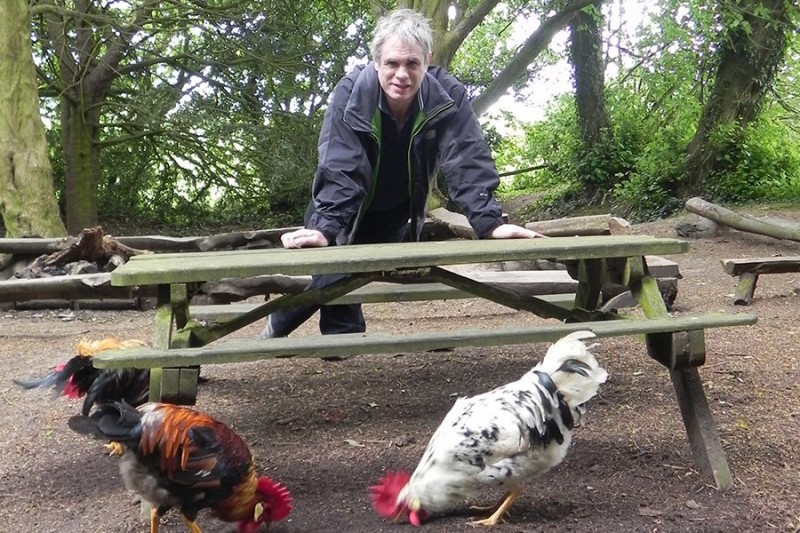 Professor Mark Maltby, Principal Investigator on the project
Professor Mark Maltby, Principal Investigator on the project Ancient chicken bones identified by BU’s
Ancient chicken bones identified by BU’s 